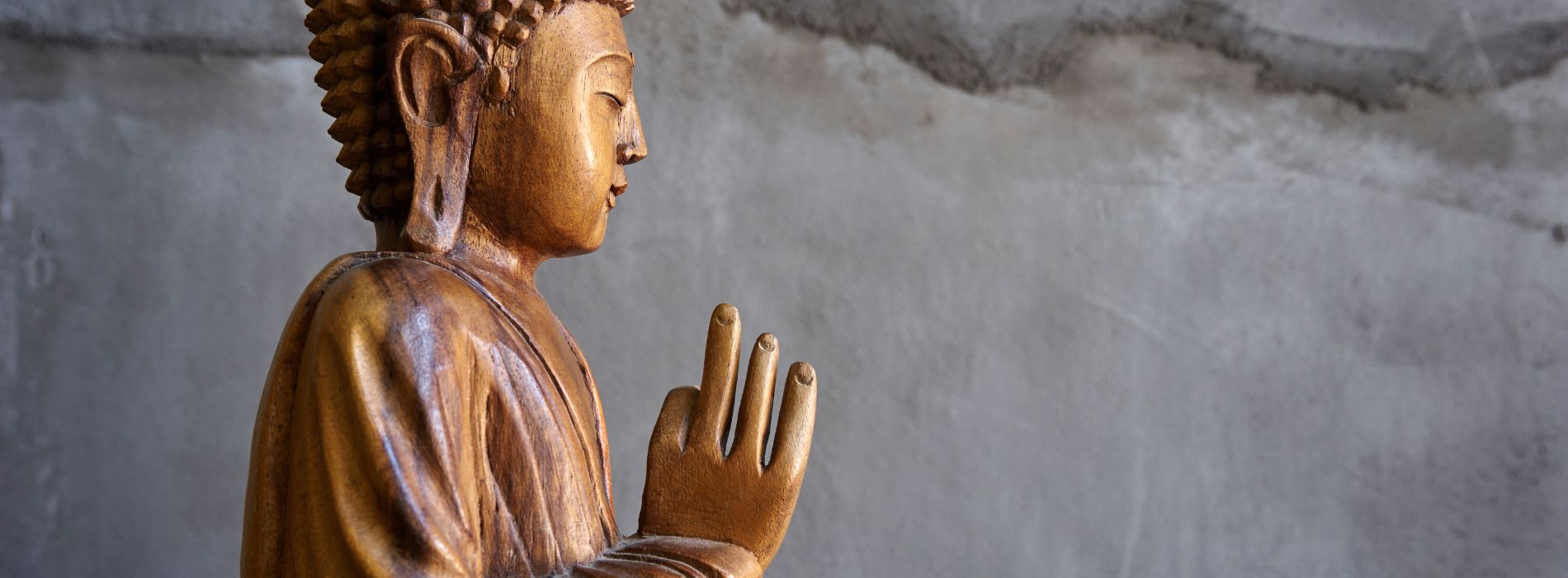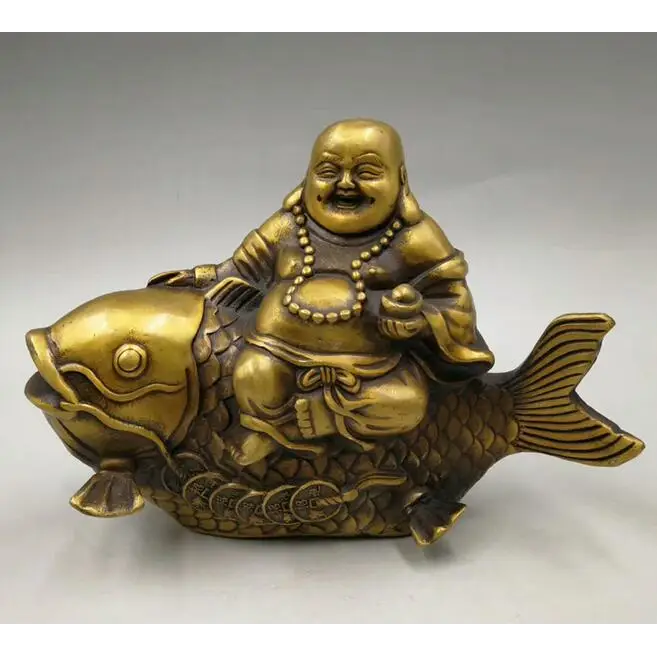How to carve a wooden Buddha?
How to carve a wooden Buddha?
The tools needed for sculpture of the wooden Buddha
To sculpt a wooden Buddha, you will need several specific tools. First of all, it is essential to have a sharp woodworking knife. This will allow you to shape the contours of the Buddha and create the finest details. You will also need a wooden or rubber mallet to lightly tap the knife to carve the wood smoothly.
In addition to these basic tools, it may be useful to have a wood gouge, which will allow you to dig deeper details into the sculpture. A wood file can also be handy for refining the shapes and smoothing the surfaces of the Buddha. Finally, a soft cloth will help you wipe away wood dust and keep your sculpture clean as you progress.
Selection of wood for sculpture
The choice of wood is an important aspect when carving a Buddha. It is recommended to use a hardwood such as teak, pine or mahogany. These types of wood are easy to carve and provide a beautiful finish when polished. Be sure to select a quality piece of wood, free of cracks and knots, to make your work easier and ensure a strong, durable sculpture.
Before starting to carve, it is recommended to let the wood dry for a few weeks. This will help prevent your sculpture from cracking or warping over time. Once the wood is well dried, you can begin to bring your wooden Buddha to life.
When choosing your piece of wood, try to imagine the shape and posture of your Buddha. Keep in mind that you can use the natural characteristics of wood to add depth and texture to your sculpture.
The steps of sculpture of a wooden Buddha
Before you start sculpting, draw a sketch of the final sculpture you want to achieve. This will give you a clear idea of the shape and proportions of your Buddha. Next, use your woodworking knife to cut out the general outlines of your Buddha. Don't worry about the details at this stage, just focus on the overall shape.
Once you have the general shape, start refining the outlines and adding finer details to your Buddha. Use your mallet to lightly tap the knife and carve the wood smoothly. Be patient and precise in your work, avoiding sudden movements that could damage your sculpture.
When the main carving is completed, use the wood gouge to hollow out deeper details such as clothing folds or facial features. Use the wood file to refine the shapes and give a smooth finish to your Buddha.
Finishing and maintenance of the carved wooden Buddha
Once you have finished carving your wooden Buddha, it is time to move on to finishing. Use fine sandpaper to smooth the surfaces and remove any imperfections. Then, apply a coat of varnish or oil to protect the wood and give it a nice finish.
To care for your carved wooden Buddha, keep it away from excessive humidity and direct sunlight. Also avoid placing it near heat sources, as this may cause cracking or deformation. Clean your sculpture regularly with a soft cloth to remove dust and preserve its natural beauty.
The symbolic meaning of a wooden Buddha
A carved wooden Buddha is much more than just a work of art. It represents the wisdom, compassion and tranquility of Buddhism. carving a wooden Buddha can be a meditative process that allows you to connect with your own inner peace.
The Buddha is often depicted in different poses, each having its symbolic meaning. For example, the posture of the Buddha sitting in meditation represents inner peace and spiritual realization. The posture of the standing Buddha symbolizes benevolence and protection.
By carving a wooden Buddha, you create a physical representation of these spiritual qualities, making it a meaningful piece to add to your meditation or relaxation space.
Conclusion – Create a spiritual work of art
Wooden Buddha carving is an artistic and spiritual process that allows you to create a unique and meaningful work of art. By using the right tools and choosing the appropriate wood, you can bring to life a Buddha that captures the essence of wisdom and tranquility.
Take the time to sculpt with precision, adding refined details and letting your creativity flow. Once your sculpture is finished, protect it with an appropriate finish and place it in a special place where it can bring you peace and inspiration.












































